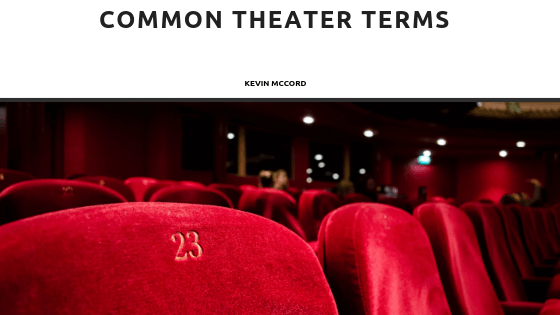Living in New York City affords me the opportunity to take in a Broadway show at my leisure. This is a distinctly unique characteristic of New York City and through taking in shows, one starts to hear the lingo of the theater. There are certain words thrown around frequently. Let’s take a look at some common theater terms and what they mean.
Green Room
You have definitely heard this term before, but do you know where it originates from? Supposedly the term originated when some type of material in the color of green was attached to the walls in order to keep costumes from getting dirty. In today’s world we know the green room to be the area where actors stay while they’re not performing onstage.
House
The house is the auditorium where the audience sits. The word is used to reference how full the crowd is. For example, if a show has a “full house,” it is either sold out or very close to it. It is also used in terms like “bringing down the house,” and “not a dry eye in the house.”
Limelight
Before there was electricity in theaters, the stage lighting was made by pointing a flame at a small piece of quicklime. The light that was then created was called “limelight.” Although we no longer use this method, the term lived on. To be “in the limelight” refers to someone who enjoys being the center of attention.
Wings
Wings are the areas to the side of a stage. In these areas, which audience members cannot see, the actors and actresses wait to go onstage. Sometimes props are kept here as well so there are as close to the stage as possible. The phrase “waiting in the wings” was born out of this terminology. Waiting in the wings means to be ready to go at a moment’s notice.
The theater world in New York City is vast. Once you begin attending shows and your love for the theater grows, you will want to know more and more about theater. There is so much to know about theater, and one of the easiest places to start is by knowing the common lingo. Words like house, limelight, wings and green room are just some of the most commonly used words around the stage.
